Everything you need to know about buying or designing an engagement ring
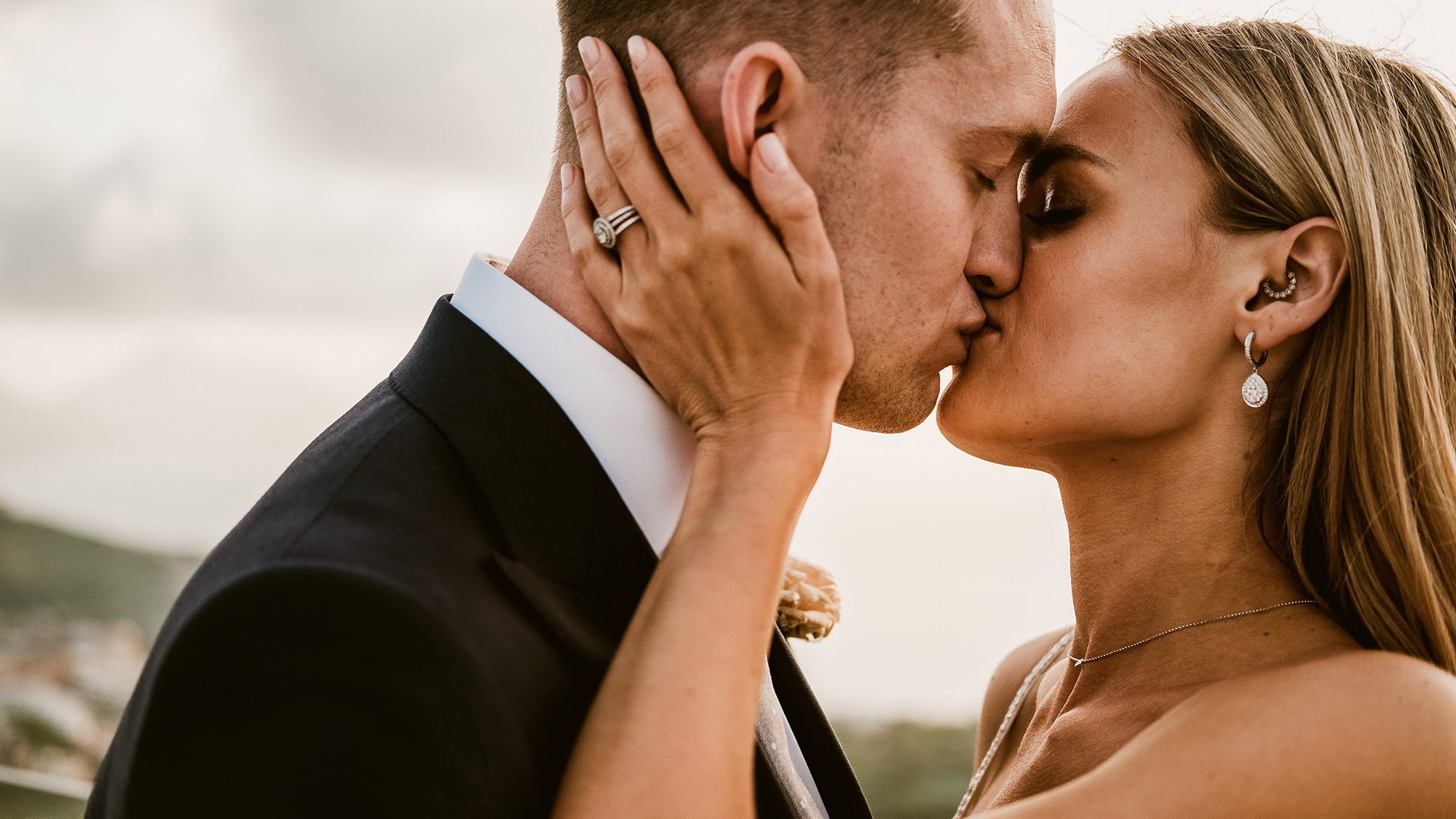
Buying or even designing an engagement ring can seem very daunting, after all you don't want to get it wrong if your bride is meant to wear it for the rest of her life.
Which is why we thought we'd get the experts involved. Roxanne, of Roxanne First jewellery, specialises in gorgeous ethical and affordable fine diamond jewellery - here she shares her top tips.
Trust
Trust is everything when it comes to designing a piece of jewellery or creating a bespoke (engagement) ring. The best way to tell if a jewellery is reputable, is by finding out the amount of years they have been in business. As with any other business, only successful ones survive – so this is a good tell, tell sign. Recommendations are also always preferable if you can be referred by a friend or colleague. If they have had a good experience, then you probably will too!
Designing an engagement ring
Get as much information on what she may like without giving the game away. Usually her besties will have an idea of what she likes or maybe she has mentioned something. This really does make the whole experience of ‘designing’ or finding a ring much easier. It is for life, and a big purchase so you need to be sure she will like it. If in doubt, always go with a classic setting. Classic never dates.
The 4 Cs
Diamonds and the famous 4C’s. The 4 aspects of a diamond that determine everything about those sparkly rocks. A summary of the 4C’s is below. A diamond is like a snow flake, no two are the same and they balancing the 4 C’s will result in the stone that works best for you. Diamonds are categorised by the 4’Cs – Cut, Colour, clarity and carat. All 4C’s impact the look of the diamond as well as their value.
Cut
Cut refers to the geometric proportions of the gem. A diamond’s cut fuels it’s sparkle and brilliance, precise workmanship is required to cut a diamond so it’s proportions, symmetry and polish to maximise its magnificence. While high grades of colour and clarity contribute to a diamond’s appeal, it’s the cut that determines the symmetry of the stone’s facets, it’s over all proportions, and its ability to reflect brilliance and light. Of the 4C’s, cut is the most difficult to determine.
Colour
A diamonds appearance is significantly influenced by its colour which ranges from D (colourless) to Z (light yellow). A diamond’s value is scored by how closely it approaches ‘colourless’ – the less colour, the higher the value. A colourless diamond will excude flashes of light in a spectrum of hues. Colour in a diamond inhibits its ability to reflect light.
Marie Claire Newsletter
Celebrity news, beauty, fashion advice, and fascinating features, delivered straight to your inbox!
Clarity
The clarity scale contains 11 grades, ranging from IF (internally flawless) to I3 (included grade 3). Inclusions are nature’s birthmarks, the characteristics that make each and every diamond unique. The fewer visible inclusions and blemishes a diamond has, the better the clarity and the more rare and valuable it is. Clarity grades are based on the number, size, relief and positions on the inclusions under x10 magnification.
Carat
Carat weight is the measurement of how much diamond weighs. Since 1913, the weight of diamonds and gemstones has been measured in carats. 1 carat is equal to 0.2 grams. All else being equal, diamonds if a greater carat weights are exponentially more valuable than diamonds of lower carat weights.
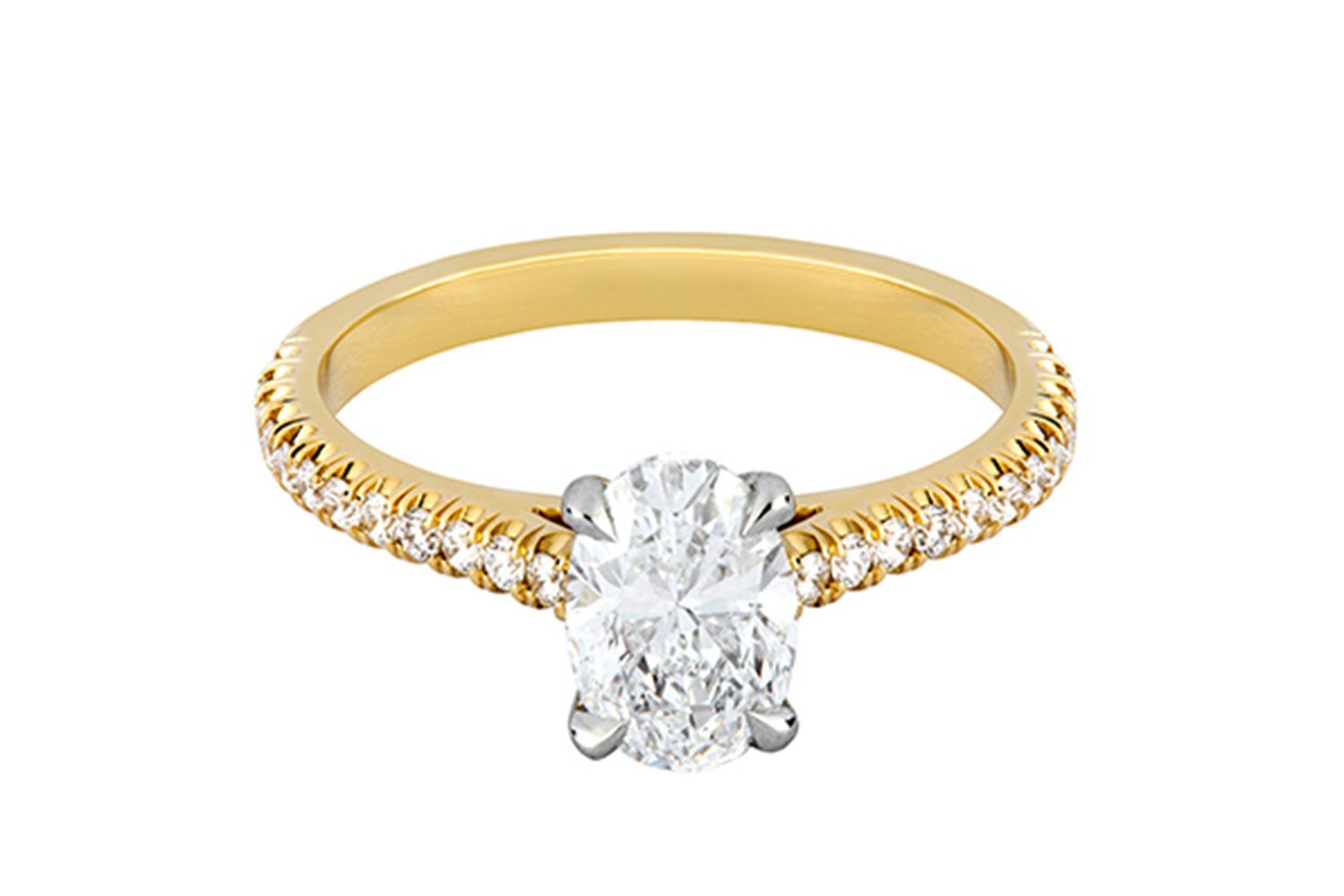
Diamond certificates
Sizeable stones (usually the centre stone) are all certificated (or should be!). When investing in a stone, it is important the stone is certified (otherwise you just don’t know what you are buying). The most reputable diamond grading board is the GIA (Gemology institute of America). The GIA are the most respected (within the diamond industry) and their certificates hold the most value. We don’t usually buy stones that are not GIA certified. It’s a gamble as diamonds are still graded by the human eye (not machine) so it so important it is done so by a trusted board. The diamond is given a GIA report number, which gives you all the details of the stone. Sometimes this number is also lasered onto the stone (and this can be checked with a microscope). HRD is also well respected but in our experience I would avoid boards like EGL.
Finishing of the ring (and polish)
The way your diamond is set is so important. If the setting is not up to standard, it will not do the centre stone any justice (show it off properly). The ring will also not wear well with time, for example if it is too fine, there is potential for stones to fall out and if the setting is too heavy, it may be that the ring mount (setting) doesn’t do the stone justice and let enough light into the stone(s). At Roxanne First, we can talk you through every step of the design, from inception, to a CAD to a 3D Wax mould (of your ring) before it is cast. This means you are really part of the process and that’s pretty special.
Ethical diamonds
How a diamond is mined is so of the utmost importance and also the responsibility of a buyer to check they are buying a stone from a reputable source. At Roxanne First, all of our suppliers are Members of the RJC (Responsible Jewellery Council). RJS members are committed to the RJC code of practices – an international standard on responsible business practices for diamonds, gold and platinum group metals. The Code of Practices addresses human rights, labour rights, environmental impact, mining practices, product disclosure and many more important topics in the jewellery supply chain.
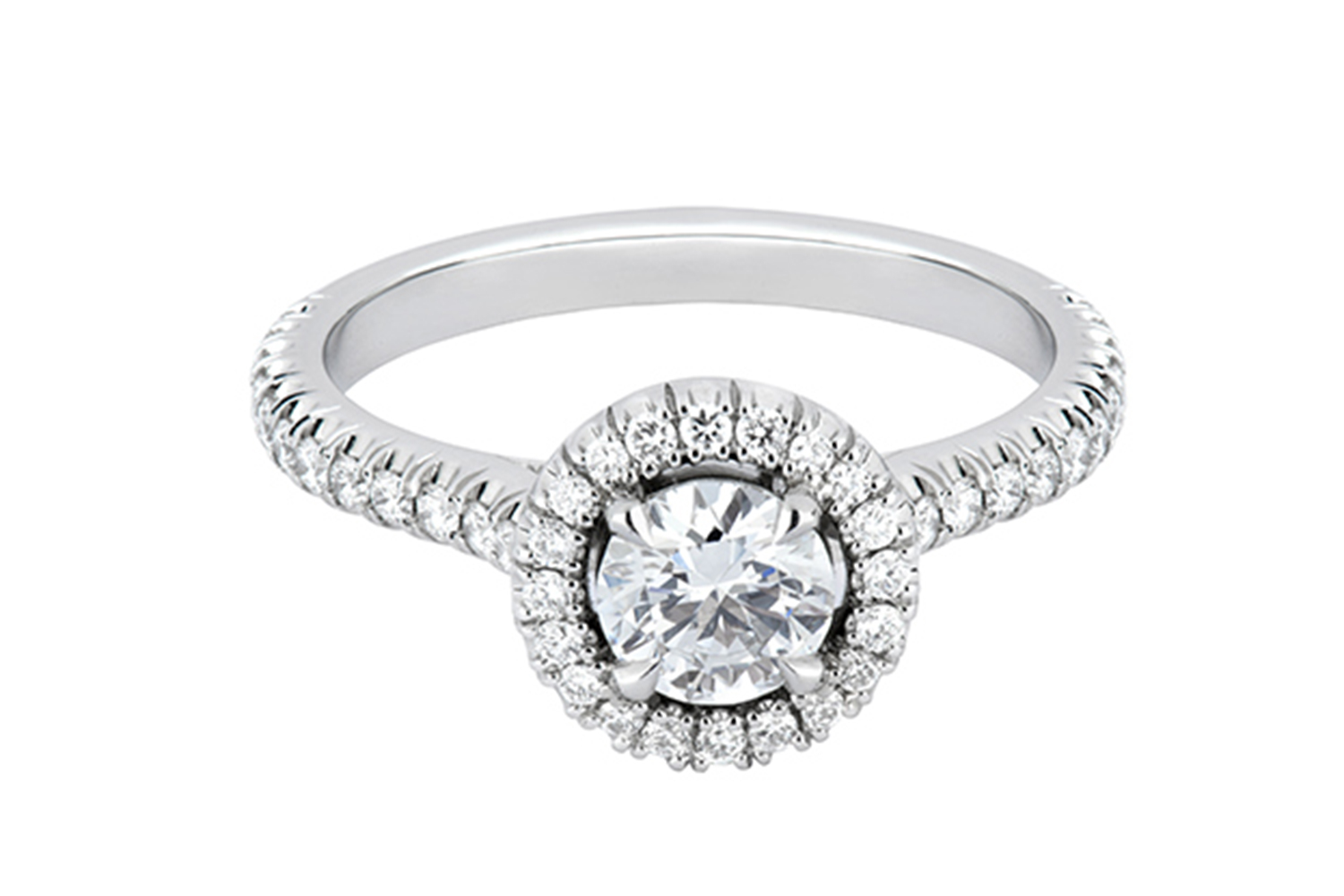
Blood (or war) diamonds, are diamonds that originate from war zones and are illegally traded to fund rebel fighters and insurgencies. Conflict diamonds are mainly associated with Africa, in areas like - Angola, Liberia, Sierra Leone, The Democratic Republic of Congo. The two very serious issues with conflict diamonds are firstly, the treatment of workers in the conflict diamond industry, and that the sales of these diamonds perpetuate war and violence within these areas of the world. You can avoid buying a ‘conflict stone’ by shopping with jewellers that are registered with the Kimberley Process Certification Scheme. This scheme was established in 2000 to prevent the buying and selling of conflict stones. The process aims to track every diamond from where it was originally mined to where it is sold. Currently, it is estimated that 99.8% of diamonds within the diamond market are conflict free.
Engagement rings online
In today’s market there is a huge influx of companies online selling diamonds and diamond jewellery. Whilst it is great in educating the consumer in the market and the various aspects of the industry as well as a seriously great tool to make sure you are a ‘savvy’ buyer and getting a ‘fair’ or the most competitive price – it is important to ask yourself, would you want to work with a studio that has been in business for 40 years, a real person that cares or an online start up that churns rings out in the hundreds?
The process of buying a stone is a very special one and it is great to work with someone that really cares. I think the difficulty arises, when a client may get a quote online for a particular stone or ring and then go to a family jeweller in Hatton Garden - you’ll find that the bricks and mortor business (which has been around for 40+ years) will be slightly more expensive. The question to ask yourself, do you buy a suit in Saville Row or do you go to the High Street? Price is reflected in quality.
The leading destination for fashion, beauty, shopping and finger-on-the-pulse views on the latest issues. Marie Claire's travel content helps you delight in discovering new destinations around the globe, offering a unique – and sometimes unchartered – travel experience. From new hotel openings to the destinations tipped to take over our travel calendars, this iconic name has it covered.
-
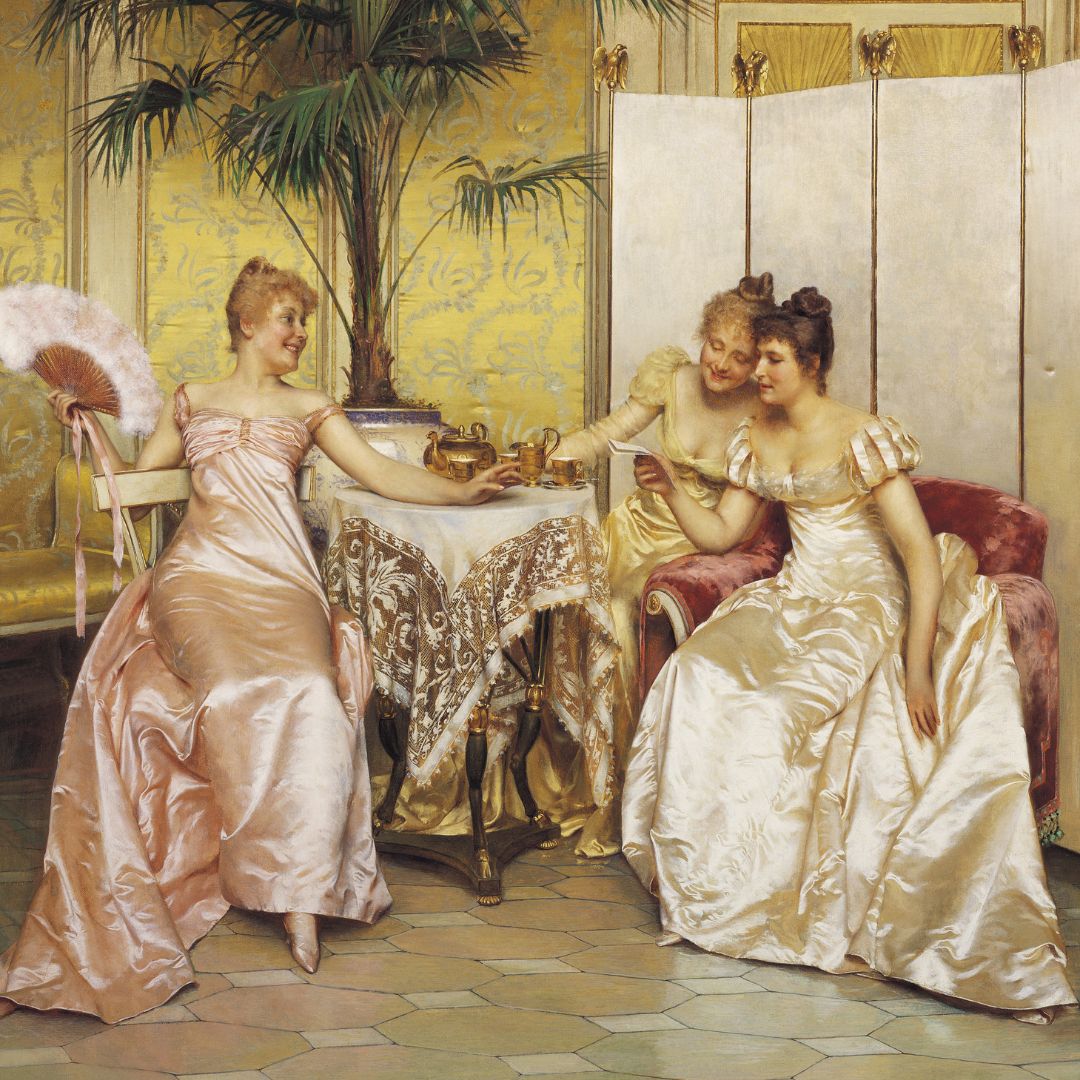 I was told I was too girly to be gay — When will society stop judging women on how we look?
I was told I was too girly to be gay — When will society stop judging women on how we look?Why femme invisibility is a feminist issue
By Roxy Bourdillon
-
 Walking workouts are the hottest form of exercise RN - 5 best walking workouts for beginners to boost fitness and mood
Walking workouts are the hottest form of exercise RN - 5 best walking workouts for beginners to boost fitness and moodYour ultimate guide.
By Katie Sims
-
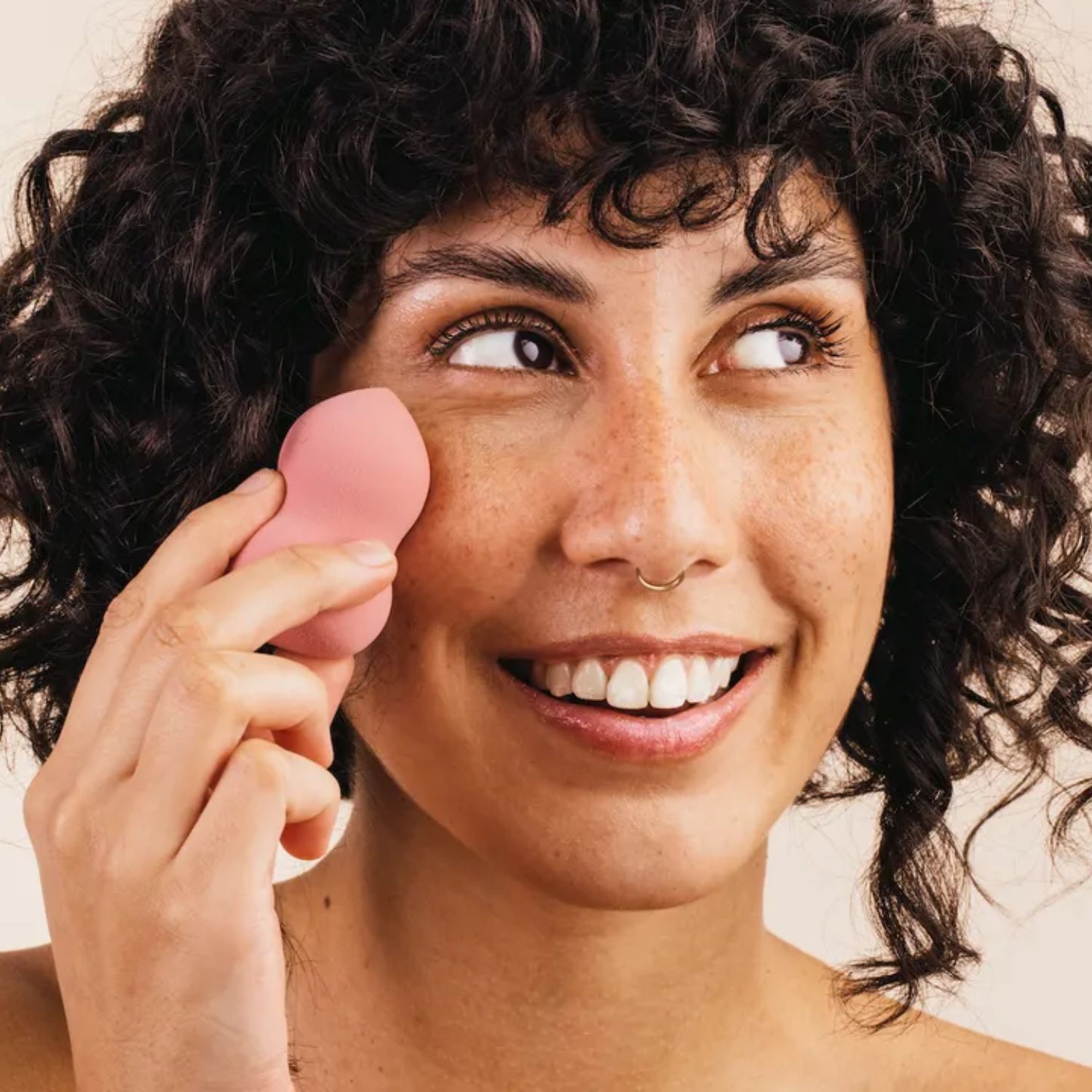 I have no time to be faffing with brushes, but a make-up sponge is an essential in my routine—here are the 6 best
I have no time to be faffing with brushes, but a make-up sponge is an essential in my routine—here are the 6 bestEssential for smooth, seamless skin
By Mica Ricketts